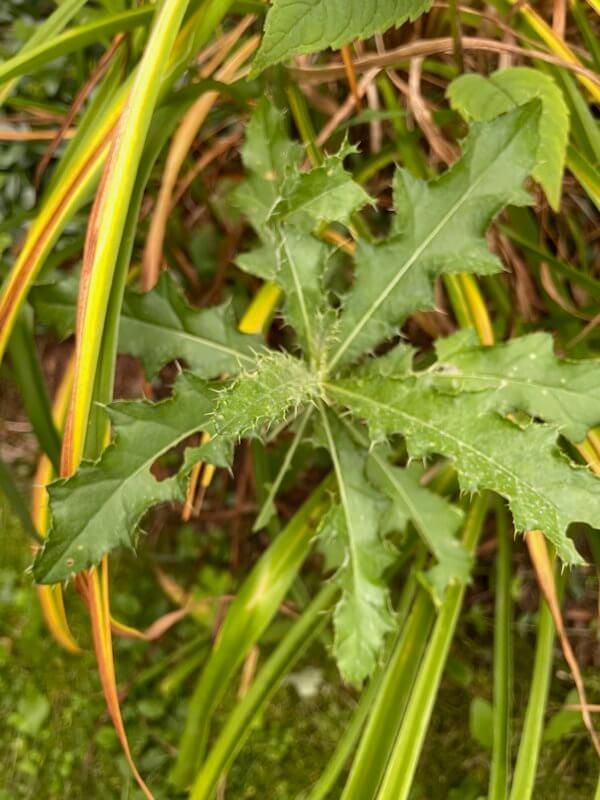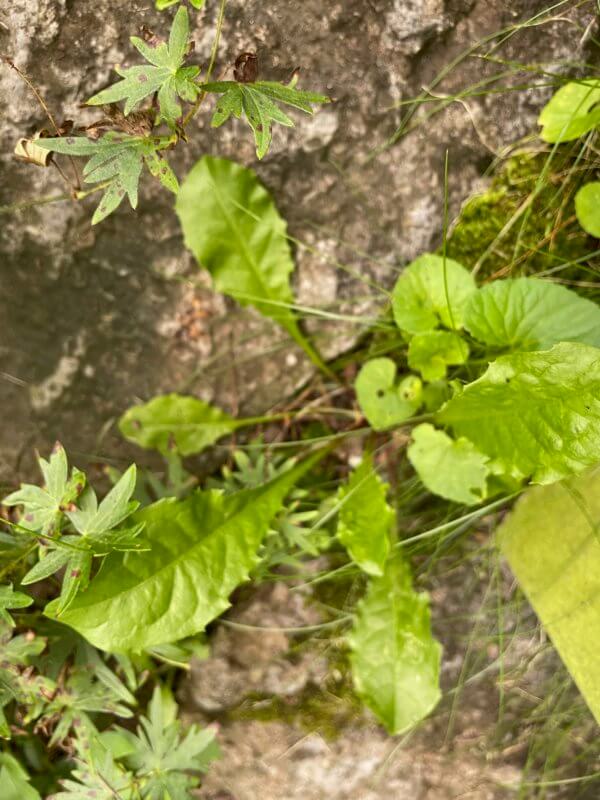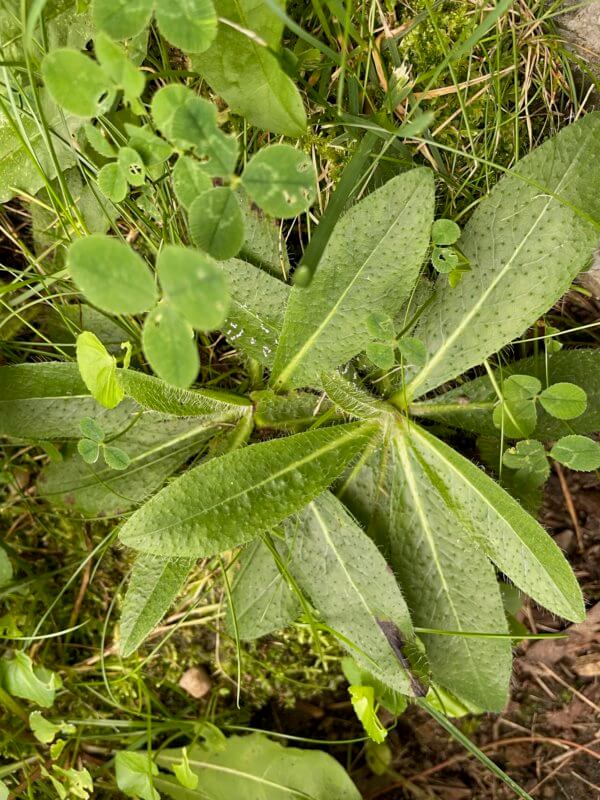Differentiate weed seedlings from garden-worthy plants
Recently a friend mentioned how difficult it was, in spring, to differentiate weed seedlings from more valuable garden-worthy plants. True, as we excitedly look to see what returned or self-seeded, our puzzlement grows. So many plants look alike as babies.

First, I guess we each must determine what we consider a weed. All gardeners have different ideas, depending on attributes or needs. Does aggressiveness make a plant a weed? Physical characteristics like thorns? Toxicity, such as in poison ivy? Is the plant a native to our area? Is it garden worthy? Just plain breathtaking? Do we value it as food?

Photos or in-hand samples are the best help in identifying plants, but for our purposes here today we must find another route. I am going to suggest some sites for identifying and learning about the attributes of the greenery that surrounds us.
There are many sites that offer photos and descriptions. The best are usually created by educational institutions and extension services. There are also some good ones found on NGO sites, such as The Ladybird Johnson Center. Finding a site that covers your very own state or area is important. One commercial site that I have found has the very best photographs of common weeds is the Better Homes and Gardens. You will hit a paywall here, but I found my way around it by temporarily joining. Usually, the dot-coms are more troublesome to navigate, as they are commercial, but occasionally they are worth investigating.
iNaturalist.org, which is formed by a collaboration of National Geographic Society and the California Academy of Sciences, is a very useful site that allows one to offer a photo. It covers weeds and also plants in general, as well as insects. It is also free.

The University of Vermont site, which includes some great photos to compare your weeds to. It also has keys to which are annuals, biennials and perennials. It does use common names rather than Latin nomenclature, but we mostly know weeds by their common names. One new to me but neatly done site is Clemson University, which has good photos and other information on roots, leaf shapes, characteristics and growth patterns.
The University of Missouri has a very good list of weeds from its Division of Plant Sciences. Both common and Latin names are noted. Photos accompany each entry when clicked upon. Usually, a variety of plant stages and particular attention to leaf forms is featured.
The UC Davis is good for western area weed identification, but don’t dismiss it for this reason. It has benefit for us in the east because there is up-to-date info from research and management of weeds. Sometimes just a nugget of valuable information adds to our success in managing weeds and understanding their patterns.
When visiting an institution’s site, you may have to search for “weed ID.” I have tried to use addresses that open directly to a destination for identifying common weeds.
It is time consuming to travel the various offerings. Some are too scholarly for a busy gardener, while some have reliable information for those who want to learn more. This is a good project for those long winter evenings when we prepare for the “best garden ever” next year!

